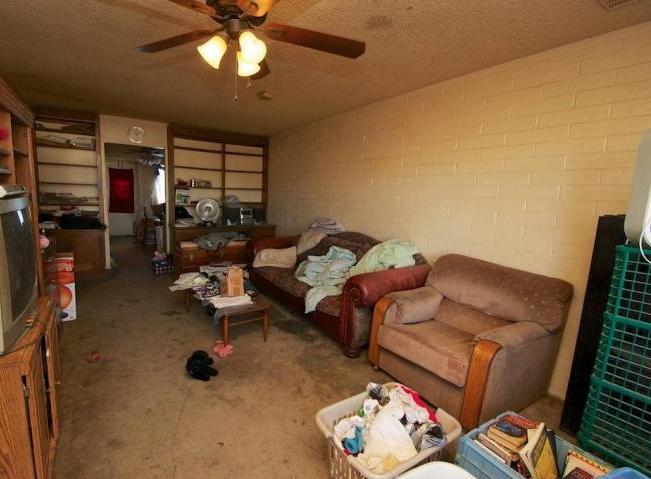
The term "gang" carries with it many meanings and evokes a number of images for people. Discussing some of their different characteristics as well as different perceptions about them may contribute to a working definition of gangs. The success or failure of communitywide attempts to address gang problems is likely to rest, in part, on how the problems are understood and diagnosed.
The media, the public, and community agencies use the term "gang" more loosely than the law enforcement community. Politicians and law enforcement officials tend to rely on legal parameters such as criminal behavior to define what constitutes a gang. Unfortunately, this perception fails to recognize that many gangs do not engage solely in criminal acts, or even highly visible ones. Compounding the definition problem is the inconsistent use of the term "gang related." Police may classify an incident as gang related simply because the individual involved is a gang member.
There is no consensus on a standardized definition of a gang, but there is some agreement on the basic elements. Maxson and Klein developed three criteria for defining a street gang:
- Community recognition of the group.
- The group's recognition of itself as a distinct group of adolescents or young adults.
- The group's involvement in enough illegal activities to get a consistent negative response from law enforcement and neighborhood residents.
The centerpiece of Richard Cloward and Lloyd Ohlin's typology of gangs is the concept of differential opportunity. According to this concept, individuals may become involved in gang life and crime simply because legitimate means of success are unavailable to them. Cloward and Ohlin also see a differential opportunity structure for illegitimate means of achieving success. The significance of this finding is that all opportunities--legal and illegal--are often unavailable to most inner-city youth.
Cloward and Ohlin conclude that young people are likely to join one of three types of gangs--criminal, conflict, or retreatist--because of differential opportunity. Criminal gangs are likely to exist in stable low-income areas where there are close relationships between adolescents and adult criminals. Conflict gangs develop in communities with dilapidated conditions and transient populations. When criminal opportunities do not exist, conflict gangs fight to gain social status and protect their integrity and honor. Retreatist gangs do not possess the skills to be considered criminal gangs. They retreat into a role on the fringe of society that usually involves heavy drug use and withdrawal from social interaction.
A number of other gangs do not fit neatly into Cloward and Ohlin's typology. Tagger crews consist of youth banded together to create graffiti. The main reason for tagging, which is a form of vandalism, is to gain respect from fellow artists and, more important, from members of other tagger crews.
Communities can begin to develop strategies and programs to address their specific gang problems by analyzing the types of gangs affecting their neighborhoods. Communities must recognize that the ways in which gangs are defined will, to a large degree, determine the extent of the gang problem in a neighborhood. Moreover, even when one definition is used, such as the law enforcement definition, this too varies from one jurisdiction to another.
 Print
Print Email
Email







